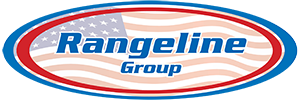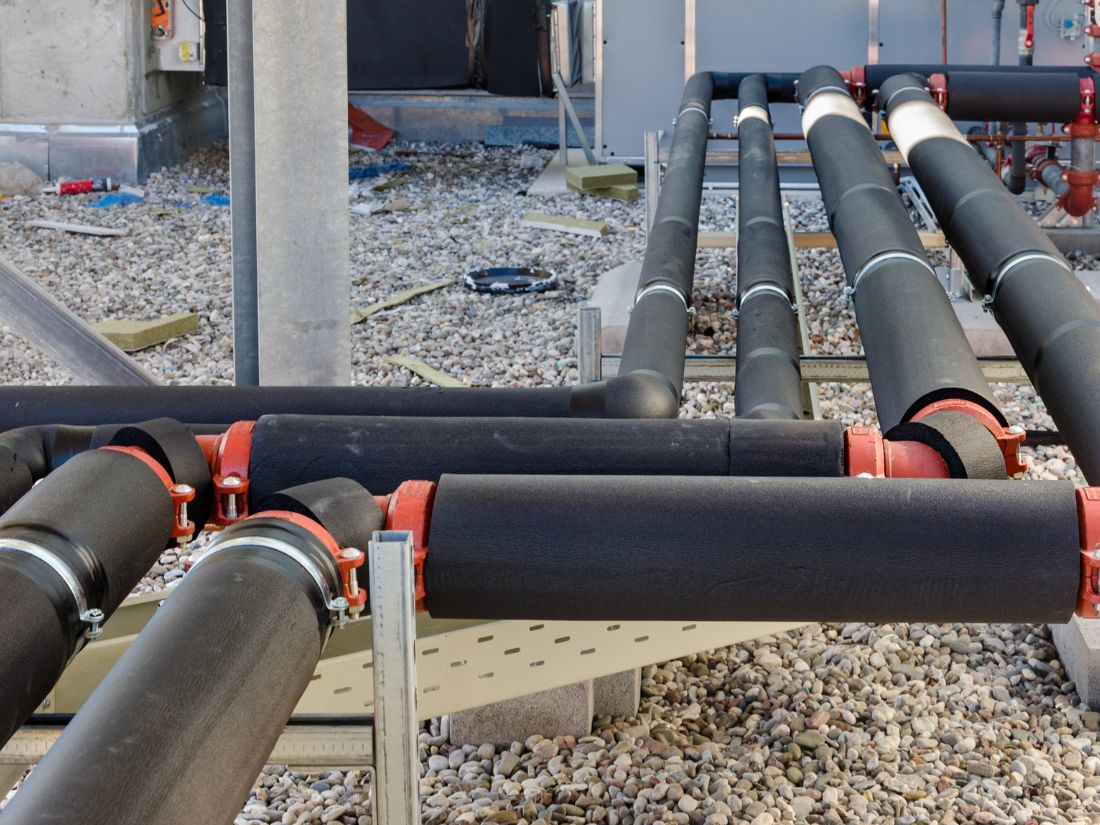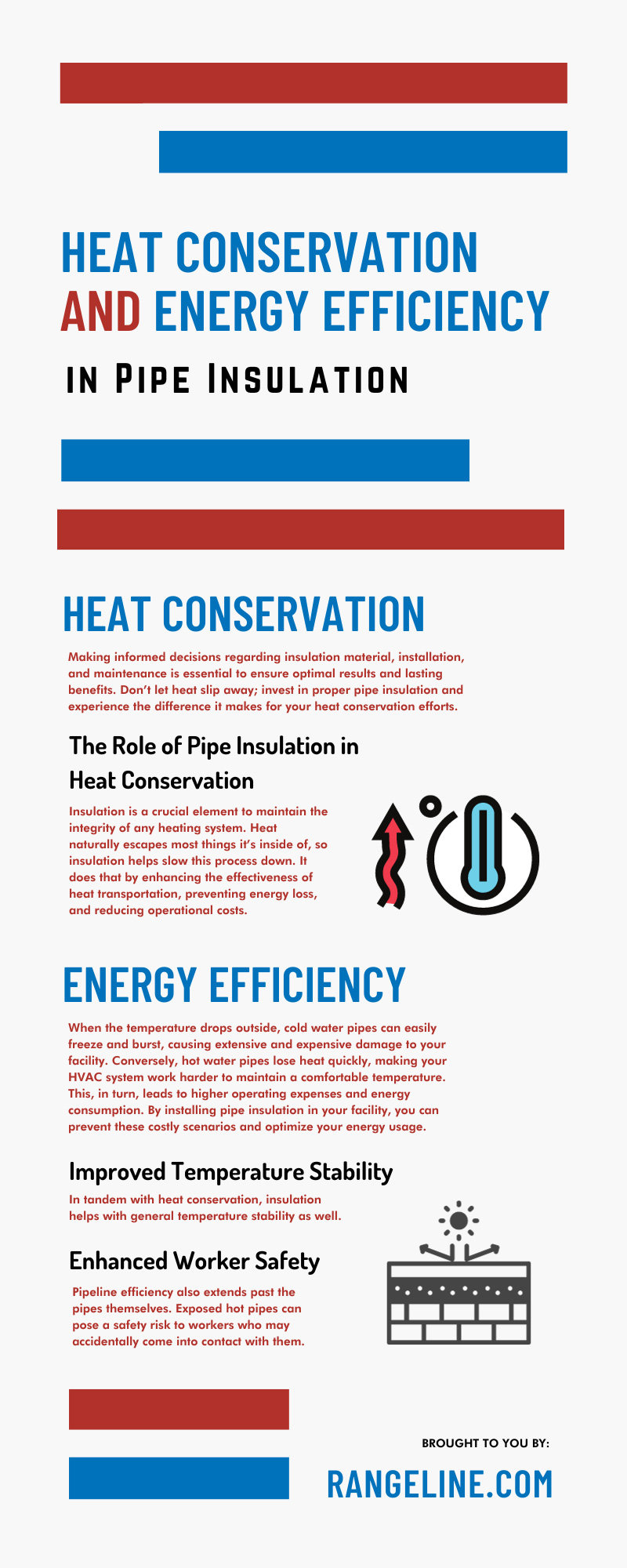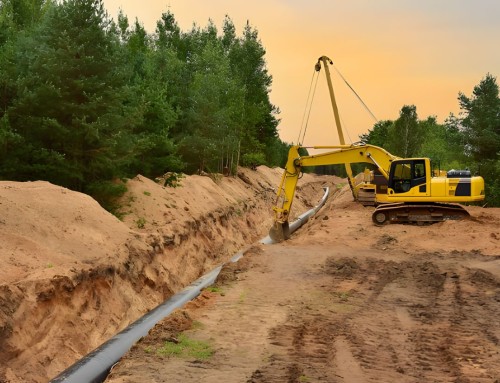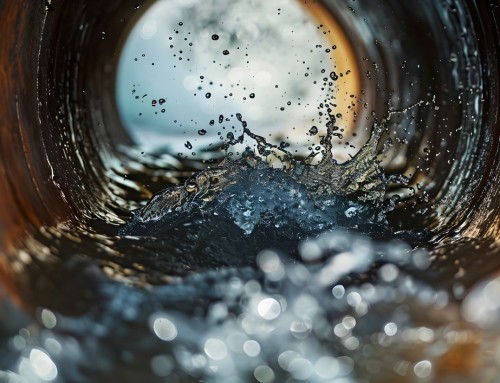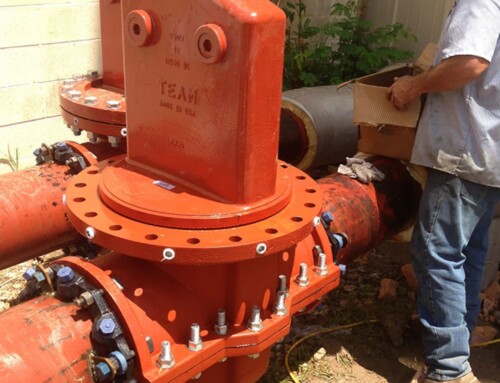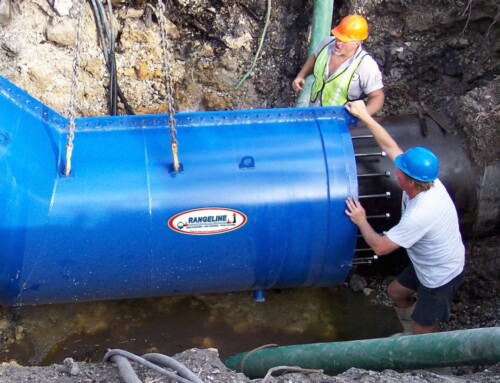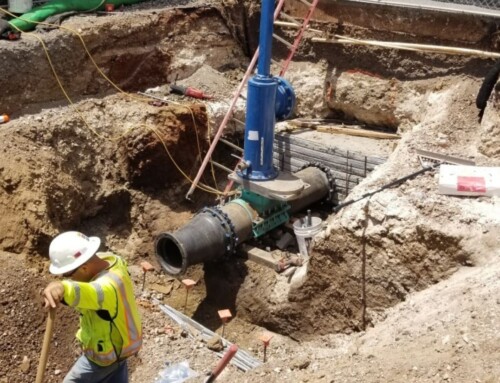One thing that many businesses overlook when setting up or maintaining their pipelines is the use of pipe insulation. Many see this as a needless waste of time and money, but it’s worth having in most cases, especially when trying to conserve heat and energy. If you haven’t truly considered pipe insulation for your company, now is the time to see how it can greatly improve your heat conservation and energy efficiency.
A Few Things To Know First
Before we dive into the main topic, you should know a few things about pipe insulation that’ll help put things in perspective. In this section, we’ll cover some of the basics.
Types of Pipe Insulation Materials
To start, there are several pipe insulation materials available for companies to use, each with its advantages and limitations. Some of the more common materials used in industrial settings include:
- Foam Insulation: Polyethylene or polyurethane foam insulation is lightweight and flexible, and it provides strong resistance to heat transfer. This makes it suitable for applications where space constraints and ease of installation are significant factors.
- Fiberglass Insulation: Consisting of fine glass fibers, fiberglass is a popular choice for insulating pipes due to its excellent thermal resistance and fireproof properties. It is often used in high-temperature applications.
- Mineral Wool Insulation: Composed of inorganic fibers derived from basalt rock, mineral wool insulation offers a combination of thermal and acoustic insulation. It is particularly suited for applications where noise suppression is necessary.
The choice of insulation material depends on factors such as temperature range, environmental conditions, and budget. A thorough analysis of these factors is essential to ensure the right type of insulation is used for optimal heat conservation.
Effects of Pipeline Insulation on Repairs and Maintenance
Some businesses decide not to insulate pipes because they’re afraid it’ll make general repair and maintenance more difficult—this is far from the case. Most industrial piping services have teams that are well-trained in how to work around insulation, making it easy for them to finish projects on time without unnecessary delays.
Still, when considering how pipeline insulation affects repairs and maintenance, it is important to understand the type, thickness, and installation quality of insulation. These can all significantly impact how quick maintenance will be for your pipeline system, so be sure to let your repair group know what they’ll be dealing with.
Heat Conservation
With that information out of the way, let’s dive into the significance of pipe insulation in heat conservation. Making informed decisions regarding insulation material, installation, and maintenance is essential to ensure optimal results and lasting benefits. Don’t let heat slip away; invest in proper pipe insulation and experience the difference it makes for your heat conservation efforts.
The Role of Pipe Insulation in Heat Conservation
Insulation is a crucial element to maintain the integrity of any heating system. Heat naturally escapes most things it’s inside of, so insulation helps slow this process down. It does that by enhancing the effectiveness of heat transportation, preventing energy loss, and reducing operational costs. A well-insulated system ensures that heat energy is evenly distributed, reaching its intended destination while minimizing waste.
Pipe insulation also contributes to the sustainability of heating systems by reducing carbon emissions. For businesses looking to improve their carbon footprint, this is a great way to do so while also improving your pipeline efficiency.
Energy Efficiency
Even though heat has a direct impact on energy efficiency, there’s a bit more to it, which we’ll cover here. When the temperature drops outside, cold water pipes can easily freeze and burst, causing extensive and expensive damage to your facility. Conversely, hot water pipes lose heat quickly, making your HVAC system work harder to maintain a comfortable temperature. This, in turn, leads to higher operating expenses and energy consumption. By installing pipe insulation in your facility, you can prevent these costly scenarios and optimize your energy usage.
Improved Temperature Stability
In tandem with heat conservation, insulation helps with general temperature stability as well. With the right insulation, water and steam pipes can maintain a more consistent internal temperature. This stability prevents condensation buildup, which can lead to corrosion or even structural damage. In the long run, temperature stability helps extend the life of your pipes and lowers maintenance costs.
Enhanced Worker Safety
Pipeline efficiency also extends past the pipes themselves. Exposed hot pipes can pose a safety risk to workers who may accidentally come into contact with them. That means well-insulated pipes can prevent potential work-related injuries, protecting your employees and the valuable reputation of your facility. When employees are happy and healthy, processes will run much more smoothly.
Benefits of Optimal Pipe Insulation
Outside of heat conversion and energy efficiency, there are some other noteworthy benefits to using pipe insulation that we wanted to mention. Here’s a short list of the other main advantages:
- Cost Savings: Efficient insulation improves the performance of heating systems, reducing system downtimes and maintenance costs. This, in turn, leads to substantial savings on energy bills.
- Condensation Control: Insulation helps in controlling moisture condensation on cold surfaces, thereby reducing the risks associated with mold growth and corrosion.
- Noise Reduction: While not as crucial, insulation also reduces or completely negates the sound of loud pipes. This can be great in areas with many of them making noise.
Improving Energy Efficiency Through Better Practices
Of course, none of this can happen unless your company decides to make a change. Installing all the insulation initially might be a bit costly, but the money you’ll save in the long run will be well worth your while. Here are some steps you can take to optimize your energy consumption further:
- Performing regular maintenance checks to identify and address heat loss or gain issues
- Monitoring and adjusting system temperatures to meet your facility’s unique requirements
- Investing in energy-efficient HVAC system components, such as high-efficiency boilers and pumps
With these steps in mind, it’s time to empower your business with cost-effective, energy-efficient solutions that yield long-term benefits. No longer will you have to waste time and money through the loss of heat. By understanding the essential role pipe insulation plays in energy efficiency and heat conservation, you can make informed decisions to enhance your facility’s performance, minimize expenses, and reduce your environmental footprint.
